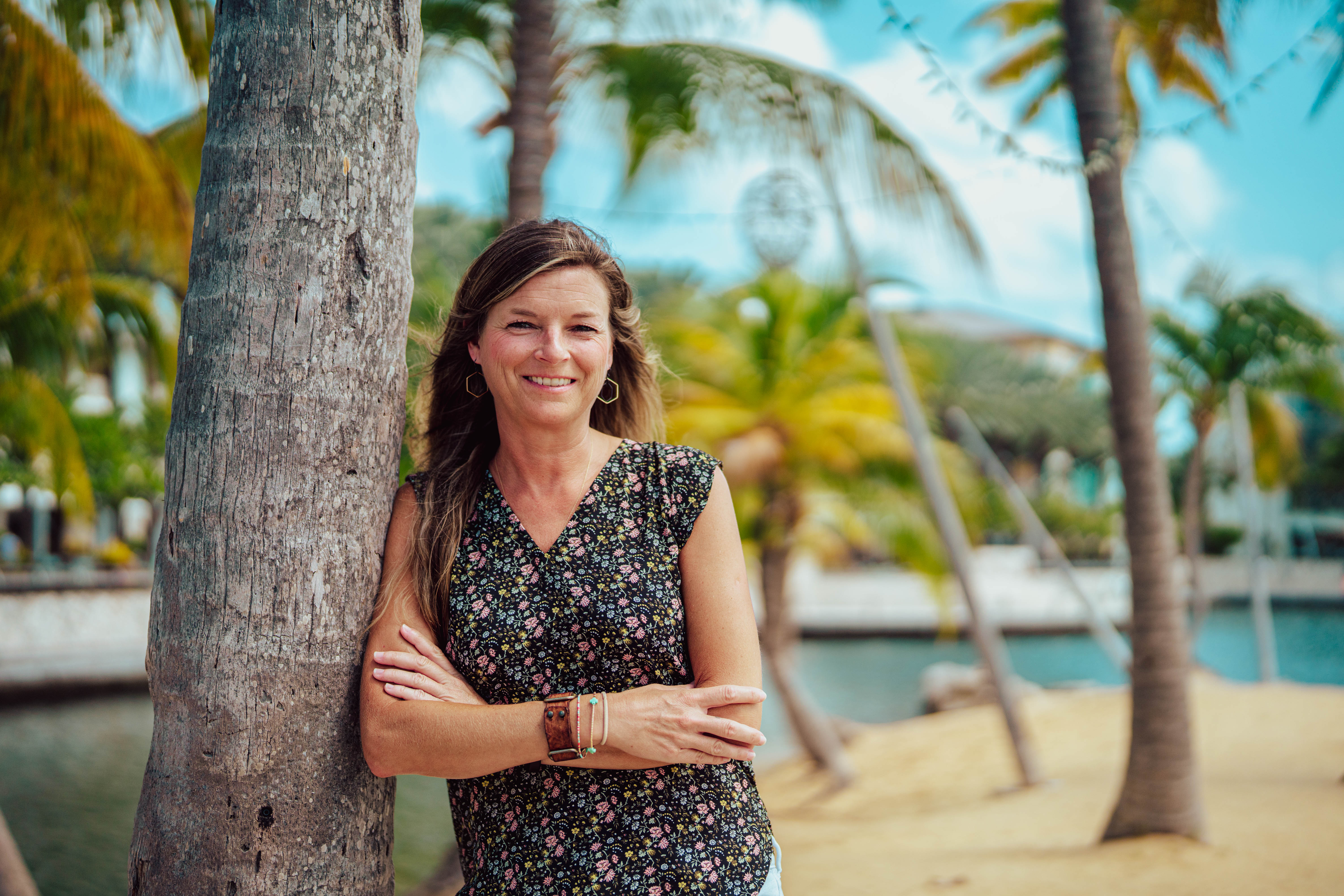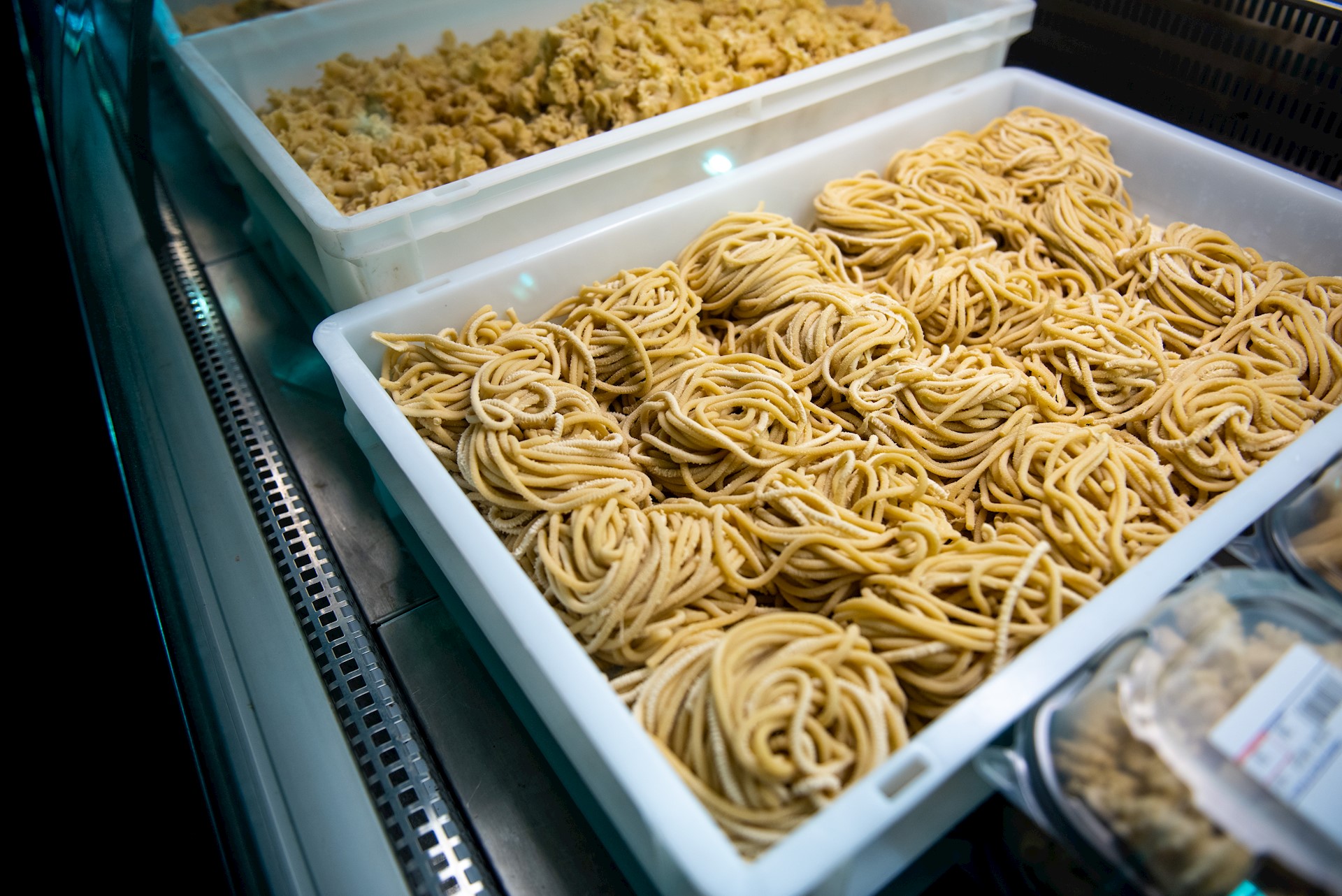
Hurricane season kicked off 1 June and preparations are under way at Camana Bay to ensure the approximately 3,500 people who visit, work and reside in Camana Bay every day remain safe.
That includes Camana Bay teams preparing the Town Centre's landscaping, including the pruning of approximately 350 palm trees. That pruning has typically been done annually before the start of hurricane season, but that strategy continues to develop. Ideally, pruning takes place well before 1 June to reduce stress and shock to the trees. But pruning can't take place too far in advance as tropical trees grow nearly twice as fast on average compared to those in temperate and boreal climates.
"We are trying to take a more holistic view of the process and conduct continuous hurricane pruning throughout the year," Dart Senior Manager Landscape Design and Horticulture, Whit Connors, said. "This will take a bit of time to perfect, but what we are trying to avoid is a last-minute panic due to the low amount of arbour-care professionals on island. If we slowly do the pruning throughout the year, we can be more prepared for nor’westers or early/late hurricanes that may occur."
How often a tree should be pruned is dependent on several factors, including species, type of wood, annual rainfall, wind shear, storm events, placement in the landscape, injuries by pest or disease and more, said Dart Operations and Horticulture Services Manager Shannon Schmidt.
"Not every tree needs to be pruned every year, but every tree should be assessed at the least on a yearly basis by a professional in the field of horticulture or arbouriculture," Schmidt said. "And [trees should] always be assessed following a storm event."
Proper pruning helps reduce the risk of tree failure and thinning the canopy reduces the wind load. Tree assessments can also reveal deeper issues with the tree not immediately visible and pruning reduces the number of dangerous projectiles during a weather event.
"But the most important reason is that it improves the health, longevity and structural integrity of the tree," Schmidt said. "When trees are healthier, their ability to withstand hurricanes significantly increases. Practising proper pruning techniques is further a part of being socially and environmentally conscious stewards for these islands, and for the planet."
The process begins with a simple site walk to determine the condition of trees.
"We are on the lookout for dead limbs, trunk decay and broken branches," Connors said. "In addition, we are looking for any branches that are likely to cause damage to buildings, vehicles or pedestrians."
The landscaping teams then assign each tree a colour to indicate the urgency with which it needs to be pruned. Green means the palm is low risk and these are among the last to be pruned before hurricane season. Red have the highest risk and are a priority for pruning.
From there, the teams make a plan and begin pruning. There are more than 1,000 trees across Camana Bay. While not all of them get pruned every year in advance of hurricane season, they are all assessed as crews ensure they're doing what they can to keep you — and the palms — as safe as possible.
This article was published in the June 2024 print edition of Camana bay Times.


